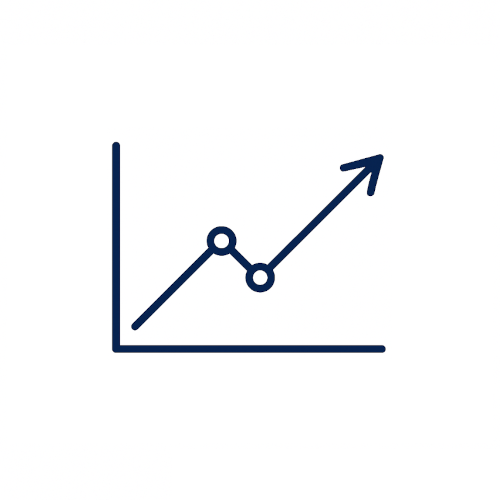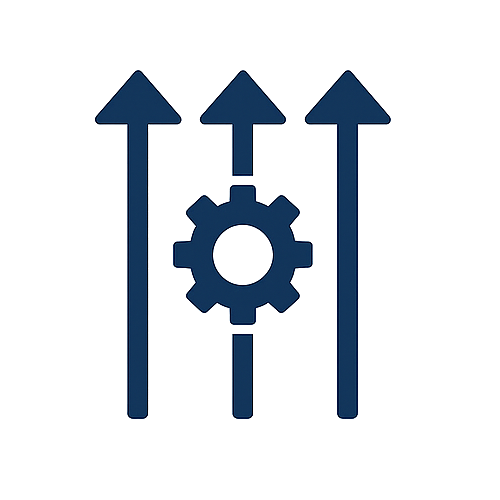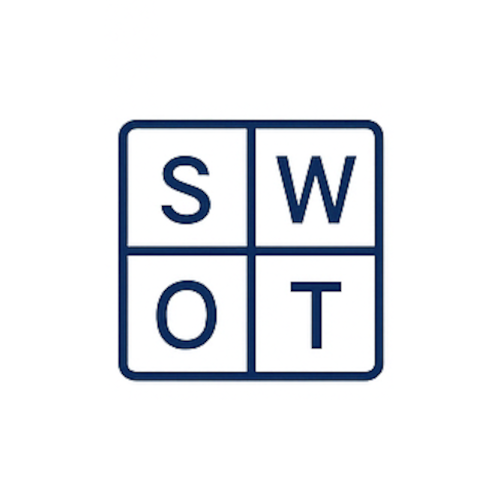Defining Silos
Organizational silos refer to the lack of communication and collaboration between different departments or teams within a company. This common issue can lead to decreased productivity, reduced innovation, and lower employee morale. While functional decomposition within departments has its benefits, working in silos can present significant challenges. This article explores the problem of organizational silos, the advantages of functional decomposition, and strategies for overcoming silos through effective planning, shared goals, and cross-departmental initiatives.
The Benefits of Functional Decomposition
Functional decomposition involves breaking down complex tasks or projects into smaller, manageable parts. This approach allows organizations to create specialized departments and teams, which can lead to increased efficiency and productivity. For instance, in a software development department, one team might focus on user interface design while another handles coding. This specialization enables teams to develop expertise in their areas, potentially leading to a better end product.
Additionally, functional decomposition supports better task management and decision-making. Clearly defined roles and responsibilities help employees understand their objectives and contribute more effectively. This structure can also foster innovation, as specialized teams may generate new ideas and solutions more efficiently.
The Problem with Organizational Silos
Despite the advantages of functional decomposition, silos can negatively impact businesses. Silos occur when departments or teams operate in isolation, resulting in poor communication, coordination, and collaboration. This lack of integration can lead to conflicting goals, decreased efficiency, and reduced productivity.
Silos can hinder innovation by limiting interaction and idea exchange between departments. Without cross-departmental communication, employees may have fewer opportunities to develop new ideas, potentially diminishing the organization’s competitive edge.
Furthermore, silos can result in inefficiencies such as duplicated efforts or overlooked tasks. This often leads to delays and increased costs as teams may need to redo work. Silos can also create barriers to shared knowledge and resources, requiring employees to recreate solutions from scratch.
Additionally, when departments prioritize their own objectives over the organization’s overall goals, it can lead to conflicting initiatives and wasted resources. A lack of shared direction can hinder overall performance and complicate goal achievement.
Silos can also affect employee engagement and morale. When employees feel disconnected from other parts of the organization, they may become less motivated and satisfied with their work, potentially leading to higher turnover rates.
Breaking Down Silos through Strategic Planning
Addressing organizational silos requires a strategic approach involving planning, shared goals, and cross-departmental initiatives. Effective strategic planning helps identify the root causes of silos and develop solutions. This involves aligning departmental goals with the organization’s overall objectives and improving communication and collaboration.
Developing shared goals is crucial for aligning different parts of the organization toward a common purpose. Clearly communicated shared goals can enhance coordination and focus on what is most important for the organization.
Cross-Departmental Initiatives
Cross-departmental initiatives are key to breaking down silos and promoting collaboration. These initiatives involve employees from different departments working together toward a common goal. Examples include cross-functional teams, inter-departmental projects, and joint task forces.
Inter-departmental projects, where individuals from various departments collaborate on specific tasks, can improve communication and resource sharing. Establishing clear goals and communication channels for these initiatives helps ensure that all participants understand their roles and the project’s progress.
While departmental-level goals may aim to create alignment, they can sometimes reinforce silos if departments focus only on their specific objectives. In contrast, cross-departmental initiatives promote alignment by emphasizing shared goals, encouraging collaboration, and addressing potential conflicts early.
Conclusion
Organizational silos can hinder productivity, innovation, and employee morale. Although functional decomposition offers benefits, silos pose significant challenges. Overcoming silos requires strategic planning, shared goals, and cross-departmental initiatives.
A strategic approach that includes shared objectives and cross-departmental projects can enhance communication, collaboration, and overall performance. By aligning all parts of the organization toward common goals, businesses can improve productivity, innovation, and employee engagement.
Popular goal-setting frameworks like OKRs can sometimes exacerbate silos if not implemented carefully. OKRs set at the departmental level may result in isolated efforts that overlook broader organizational impacts. In contrast, platforms like Sengi focus on company-wide alignment through shared goals and cross-departmental collaboration, supporting a more cohesive and integrated approach to achieving strategic objectives.












